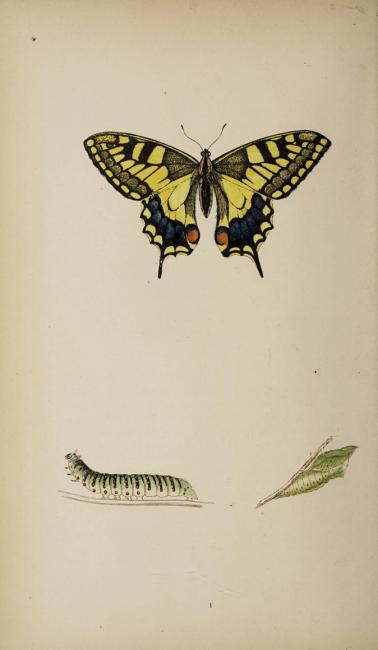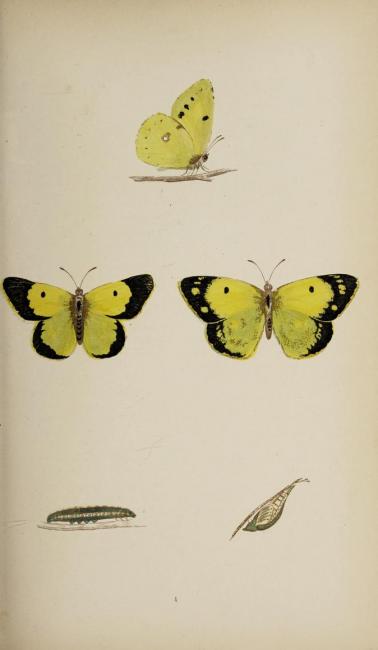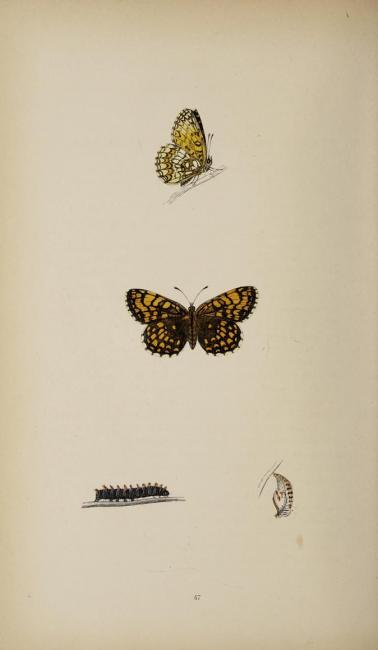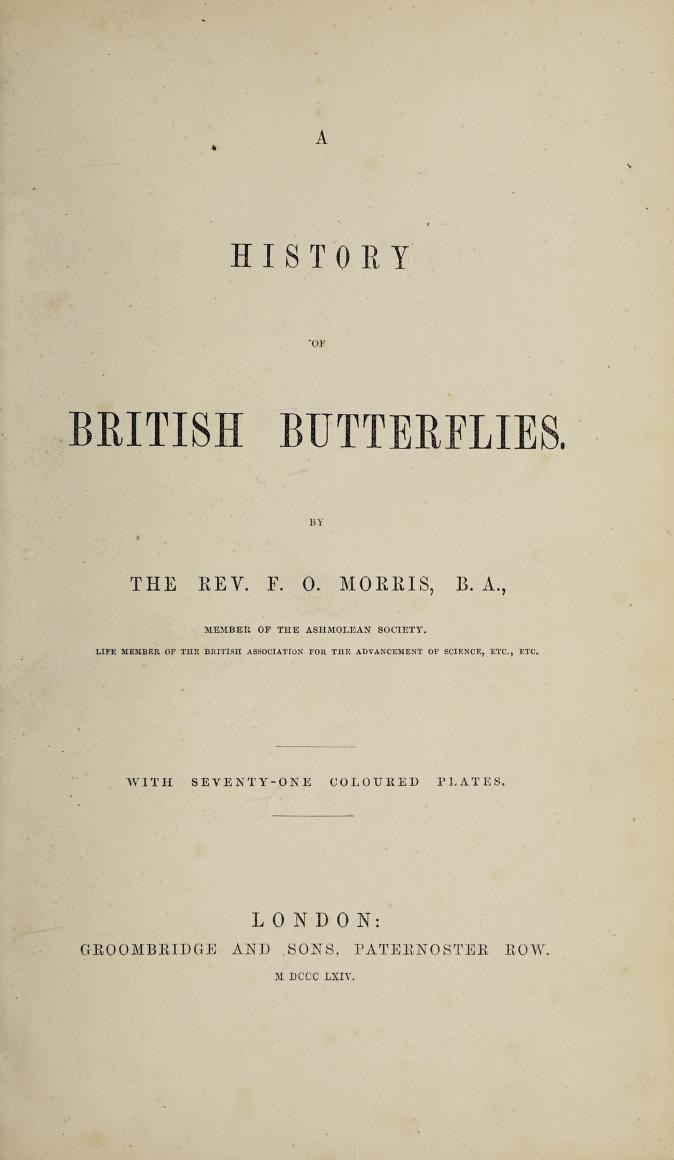Each week the Fisher Library highlights an item from one of its many collections that have been digitized for the Internet Archive. This week, Rachael takes a look at a lovely book from our biodiversity collection
If you are lucky enough to be in a part of the country right now that is experiencing some warm weather perhaps you have also been seeing some signs of Spring. Now that the Spring Equinox has passed maybe you have seen a few robins searching for their lunch, some buds popping up on trees, or if you have been very fortunate maybe you have seen a butterfly. While it is likely still too early in the year for our colourful, fluttering friends, this week’s IA highlight will make it feel like Spring is in full swing.

This week we are taking a look inside Rev. F. O. Morris’ “A History of British Butterflies” published in 1864. Following a dedication page readers can find a table of contents. Each chapter is devoted to a specific type of butterfly in this 172 page guidebook. The introduction begins with the Reverend discussing the beauty of nature and its relation to God. “An instinctive general love of nature, that is, in other words, of the works of God, has been implanted by Him, the Great Architect of the universe – The Great Parent of all – in the mind of every man.” Morris goes on to say that he has dedicated his life to the Church and in that way he feels compelled to write about God’s handiworks. He also acknowledges that much already exists in the field of natural history, but that he wanted to contribute in his own way.
Natural history, or scientific biology, was very popular in the 19th century. Many naturalists wrote about nature to argue for the existence of God because nature was far too complex and beautiful could not have been the work of anything else. Disciplines such as botany, geology, ornithology, physiology, and zoology all formed out of natural history and science.

The rest of this book is devoted to different butterflies of Great Britain. The first chapter is on the swallow-tail pictured above. Morris explains that it is the largest specimen in his holding and goes on to explain where the butterfly is commonly found around the world, and where it has been seen in Great Britain. The remainder of the chapter describes the butterfly’s physical attributes, along with a physical description of its caterpillar and chrysalis stage. He ends the chapter by stating: “the figure is taken from an unusually fine specimen in my own collection, bred 1851, from a chrysalis received with others from the Rev. George Rudston Read, who had them from Cambridgeshire by post.”

Many of the specimens in this book come from the Reverend’s private collection. Others that are not from his collection were taken from his colleagues. Towards the end of the book is a section titled, “Aphorismata Entomologica.” This conclusive section is all about how to capture, collect, and preserve, and display specimens. Morris explains that nothing in entomology can be accomplished without having a good cabinet, and that it should be placed in the driest room in the house. Unfortunately, there are no images in the section to use as an example, so one would have to go on text alone in order to mount their beautiful, springtime capture.
-Rachael Fraser, TALint student
